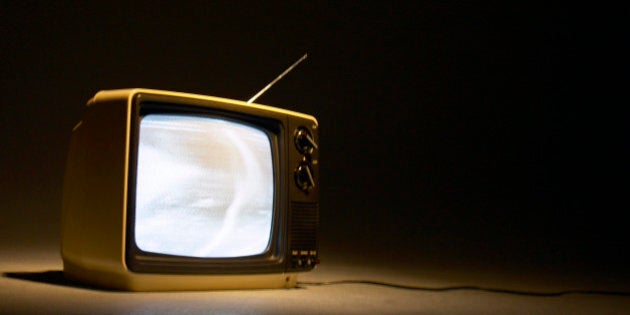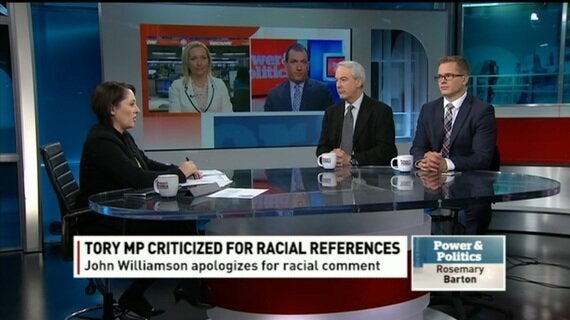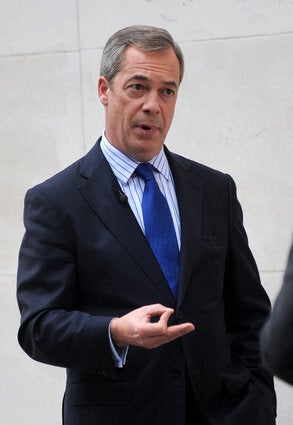
CBC Television went national in 1958. The CTV Television Network followed three years later. Both TV networks have grown into a Canadian staples. Over a half century, consumer habits have changed. But have the networks evolved with the changing face of the viewership?
CRTC Chairman Jean-Pierre Blais recently outlined the first wave of changes designed to increase the quality of Canadian television programming.
"Today there is a fundamental shift in the television landscape. People watch content in the ways, on the devices and at the times that most suit them. The role of the broadcaster is changing, as a result," said Blais. "When you strip away the when and the how of the viewing experience, you're left with only the what. And the what -- content, in other words -- matters more now than it ever has before."
He's right.
For all its self-proclaimed virtues, the face of CBC TV seems frozen in time. Even the latest Peter Mansbridge online commercial for The National is devoid of diversity. In November 2014, Mansbridge promised an "ambitious new journey" over the next year, asking "hard-hitting questions." They are still tiptoeing around some difficult questions.
Dating back 50 years, Canadian reporters fumbled the ball when covering the theme of race in Canada. In this 1962 reel, they polled passers-by on a busy Halifax street corner. The CBC reporter attempts to tease out commentary from a black Haligonian regarding "the negro problem," employing the n-word therein. It begs the question: Is "the negro problem" before or behind the camera?
Twenty years later, CTV aired an episode of the public affairs program W5 called "Campus Give-Away" which caused a racial row. CTV used footage of Asian university students and implied they were foreigners unfairly stealing [white] Canadians' rightful educational opportunities. The foreign-looking undergrads were in fact Canadians of Chinese heritage. It is unclear whether the reporters ever bothered to obtain the Asian-Canadian perspective on the issue before whitesplaining a one-sided point-of-view on national TV.
It's awkward when the journalist tramples the line between covering a story and becoming it.
A similar refrain would play out again in 2010 when Maclean's magazine laid bare journalists' racial biases in an article entitled "Too Asian":
"[...] the controversial and much maligned November 2010 Maclean's article, "Too Asian," [is] a look at the apparent discrimination of 'Canadian' (see: white) students in major national universities."
Once again, the principle of balanced reporting failed visible minority Canadians.
This week, another racial divide provided fodder for the press. MP John Williamson's race-related remarks drew criticism:
"My part of the country, I deal with temporary foreign workers and the interaction with employment insurance, and it makes no sense from my point of view -- I'm going to put this in terms of colours but it's not meant to be about race -- it makes no sense to pay 'whities' to stay home while we bring in brown people to work in these jobs," Williamson reportedly said at a conference.
The Maritime MP, a former communications director for PM Harper, apologized "unreservedly."
Inexplicably, both CTV and CBC did not include dark-skinned Canadians in their panel discussions on the unfortunate quip. The homodoxian exchanges devolved into a chorus of agreement. As pundit Rob Silver put it: "He has lots of friends in the media [who] have come to his defense. He's not a racist. This was a dumb comment. Most people who make racist comments are not skinheads or members of the KKK. He certainly isn't." The Power & Politicspanel's discourse ends with giggles and laughter at the thought of future "bozo eruptions."

Leave it to an all-white jury panel to turn this very serious racial reference into a joke. I can't recall TV panel discussions on "rape culture" or "Aboriginal rights" that pivots to glib annotations.
It is unfathomable that Canada's top TV networks would hold panel discussions on women's issues with a cast of opining men. A responsible journalist would extend a seat to gays and lesbians if their equal rights to human dignity were being debated. Aboriginals deserve an unfiltered access to these nationally-broadcast discussions as well. This recurring blind spot is turning viewers off.
The matter goes beyond the small screen. The enduring problem takes root behind the cameras, where the editorial decisions are made, where the guest lists are drawn, where the difficult matters are re-framed and skewed by a mono-cultural chorus line.
As the CRTC re-evaluates broadcasting regulations, the rule of responsible reporting is immovable. The best Canadian content is the one which reflects the full spectrum of the Canadian identity -- before and behind the cameras.
ALSO ON HUFFPOST:
